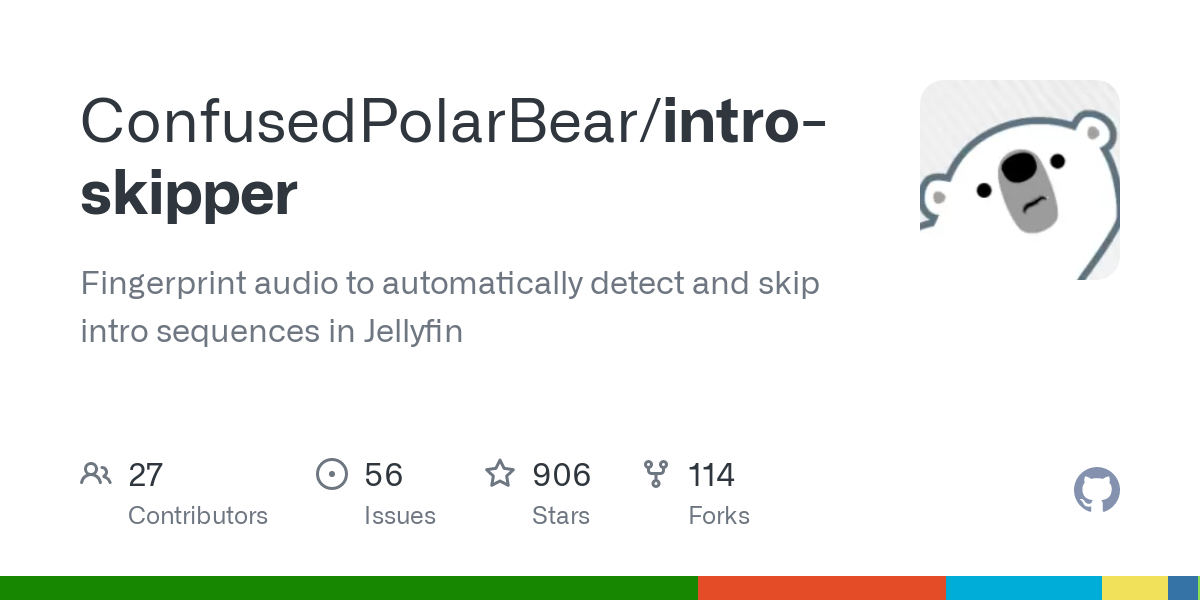- 1 Post
- 10 Comments

 51·2 years ago
51·2 years agoYou need to do the initial setup using the webui. You can access the UI with your synology’s IP address or domain name (if configured) followed by :8096 That’s also the URL, that you need to enter in finamp once you created an user in the webui

 3·2 years ago
3·2 years agoYou could certainly do worse for a nas than a thin client with hard drives. But you probably want to go for something where you can add you hard drives via SATA rather than usb. That being said I haven’t run into any issues with consumer grade usb-harddives (but I’m also cognicent of the fact, that I’m not using than the way there are intended).
As a OS for a thin client solution or a NAS build from scratch may I recommend OpenMediaVault? It’s basically just Debian but with a nice web UI on top to help you manage your system. You still have full command line access but the web UI helps you to configure your drives and create network shares.
If you install the community add-ons (OMV-Extras) you also gain the gain the possibility to install and manage docker containers graphically
The only thing to keep in mind is that omv requires a bigger harddrive than the NVME drive that comes with most thin client. So there is a good chance that you need to change that (which will set you back an additional 20 or so bucks)

 2·2 years ago
2·2 years agoI have my media on hard drives strapped to the thin client externally but you should also be able to use an external nas. But I’ve never done that, so I can’t comment on how well that works. I’ve never seen anyone complain about such a setup though.
Btw: what nas are you using? Some NASs allow the direct installation of docker containers (Synology for example). So you could possibly run Jellyfin directly off your existing hardware

 4·2 years ago
4·2 years agoI’m using a hp thin client, I got refurbished for 30 bucks of of eBay. Basically any thin client should be more than enough and they don’t draw much power. The question is how many streams are you looking to facilitate simultaneously and at what resolution. Even a raspberry pi should be enough if you are only looking to stream one video at 1080p but it will struggle at two (and if you don’t enable any hardware transcoding, you don’t stand any chance). If you need more than that, you’ll need something beefier
You don’t need to justify your purchasing decision to me. I am not even calling for a boycott of the game. I know people at Larian and I wish them all the success they can get.
I am just surprised that this whole thing seems to be completely absent from the larger discussion about this game. I would have assumed, that it would have been at least a footnote.
Sure, but people were really mad earlier this year because Wizards of the Coast, the company that owns D&D tried to pull some licencing related shenanigans that would have massively fucked over the community. People were boycotting the movie a couple of months ago over that. It’s interesting, that Baldurs Gate seems to not be affected by this at all.

 2·2 years ago
2·2 years agoYou could mitigate that by adding a limited, rotating color pallet. every time pixels are locked two colors are taken away and two different colors are added. You would always be able to see beforehand when certain colors would be made available, enabling a new level of planing. It also forces creative solutions in defending your art
That idea would even work standalone without the immutable thing

 1·2 years ago
1·2 years agoI’m using a Dell t520. That works really well for me.
But honestly: pretty much every client in that price range should work. Just check whether the (embedded) graphics chip can hardware transcode your media beforehand. And you probably won’t run the next Netflix on there but it’s more than enough for a family usecase with multiple streams simultaneously.

 1·2 years ago
1·2 years agoI don’t think it’s practical. Sure, you could install termux and use that to run Jellyfin, but you won’t have a pleasant time.
The better play is, to play spend 30 Bucks on a refurbished thin client and use that as your server. If you install Open Media Vault on there you’ll never even have to touch the command line. (You’ll have to install OMV-Extras on top of Open Media Vault for that).


It’s not just a YouTube downloader, it also allows you to download videos from, as the official website says, “a few more sites”. Those include social media sites such as twitch or twitter but also the online platforms of TV networks. If you live in the US, you can for example download full episodes from the big broadcasting networks (ABC, NBC, CBS) and PBS. If you’re British you can download stuff from the BBC. Germans find their public broadcasters supported as well. Likewise for a bunch of other European countries and Australia.
And with a good VPN you have access to all of the above.